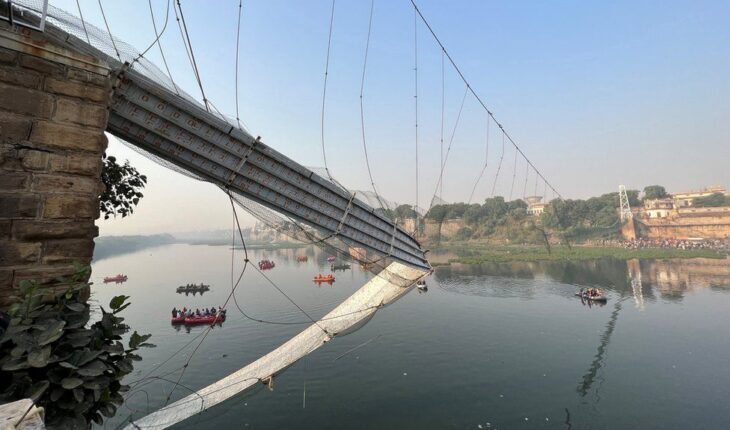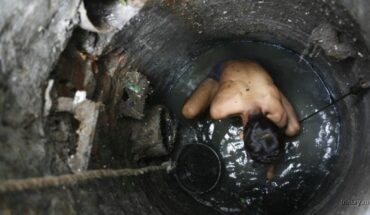At least 140 people were killed after a suspension bridge, a tourist attraction in Gujarat’s Morbi town, collapsed, sending hundreds of revellers into the Machchhu river below. At least 47 of the dead were children, making it one of India’s most horrendous tragedies. Inaugurated in 1879, the bridge was renovated and opened on October 26, four days before the tragedy. This raises several concerns. A company that seems to have had no apparent expertise or track record in the field was awarded the contract. There are questions about the fitness of the bridge; in any case, it was not intended to carry more than 150 people at a time, according to reports. Hundreds were on the bridge when it snapped as there was no crowd control. People were allowed to walk into a death trap. All these point to a major failure of governance at various levels. Gujarat is among the richer States of India, but it has often faced governance challenges — its poor management of the pandemic is a case in point. Human acts of omission and commission often cause tragedies, and significantly change the impact of natural disasters. The police have arrested nine people. A thorough inquiry and the fixing of accountability must follow quickly. While tourism and travel are powerful engines of the economy, there must be more attention paid to ensure that they are safe and sustainable. Development of new centres where large numbers of people are expected should account for such contingencies. The rapid pace of road and infrastructure development in ecologically sensitive areas such as the Himalayas should be in accordance with topographic limitations. More must be done to regulate the flow of travellers according to the infrastructure capacity of particular destinations. Tourism promotion campaigns must include creating safety awareness among visitors and local officials.
Morbi tragedy brings limelight back on safety
|
November 5, 2022 |






